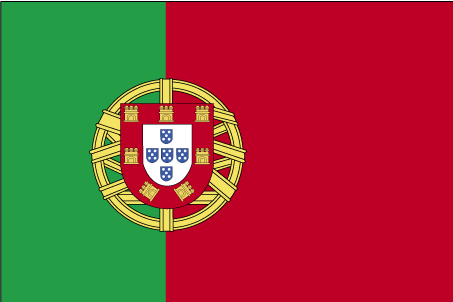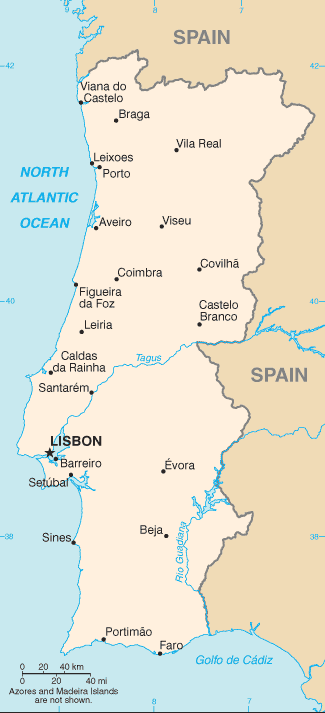Investing in Portugal


Portugal has become a diversified and increasingly service-based economy since joining the European Community - the EU's predecessor - in 1986. Over the past two decades, successive governments have privatized many state-controlled firms and liberalized key areas of the economy, including the financial and telecommunications sectors. The country qualified for the Economic and Monetary Union (EMU) in 1998 and began circulating the euro on 1 January 2002 along with 11 other EU members. The economy had grown by more than the EU average for much of the 1990s, but fell back in 2001-08, and contracted 2.6% in 2009, before growing 1% in 2010. GDP per capita stands at roughly two-thirds of the EU-27 average. A poor educational system and a rigid labor market have been obstacles to greater productivity and growth. Portugal also has been increasingly overshadowed by lower-cost producers in Central Europe and Asia as a destination for foreign direct investment. Portugal's low competitiveness, low growth prospects, and high levels of public debt have made it vulnerable to bond market turbulence. The government is implementing austerity measures, including a 5% public salary cut which went into effect on January 1, 2011 and a 2% increase in the value-added tax, to reduce the budget deficit from 9.3% of GDP in 2009 to 4.6% in 2011, but some investors have expressed concern about the government's ability to achieve these targets and cover its sovereign debt. Without the option for stimulus measures, the government is focusing instead on boosting exports and implementing labor market reforms to try to raise GDP growth and increase Portugal's competitiveness - which, over time, may help mitigate investor concerns.
Bank of Portugal - http://www.bportugal.pt/
TOTAL Portugal - http://www.total.pt/
Countries that border Portugal: Spain
Learn more:
Back to Country Investing



